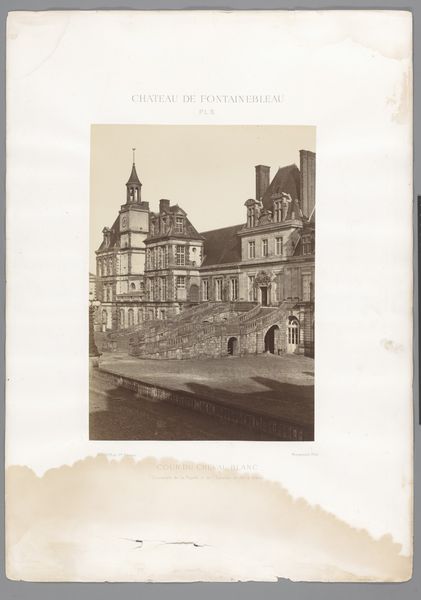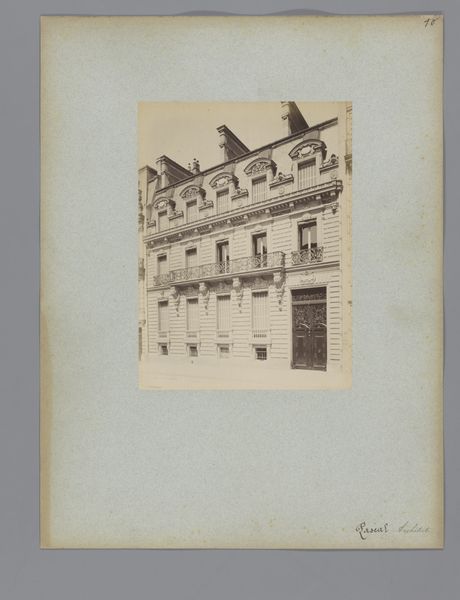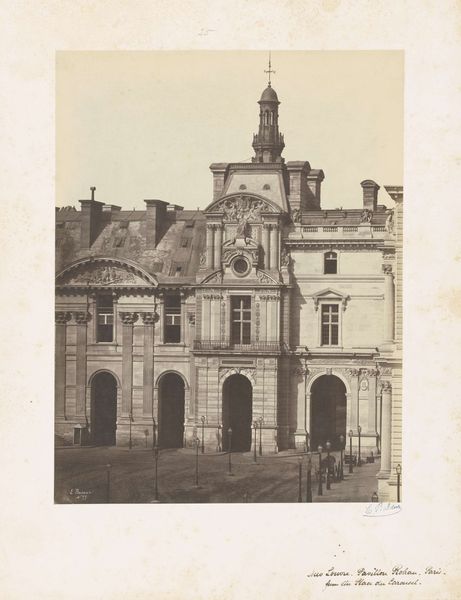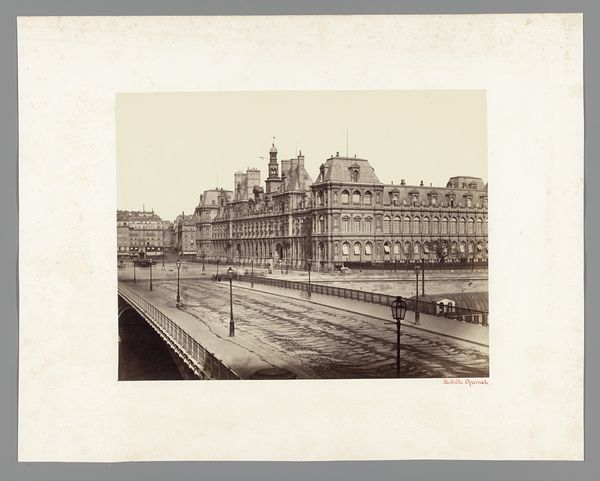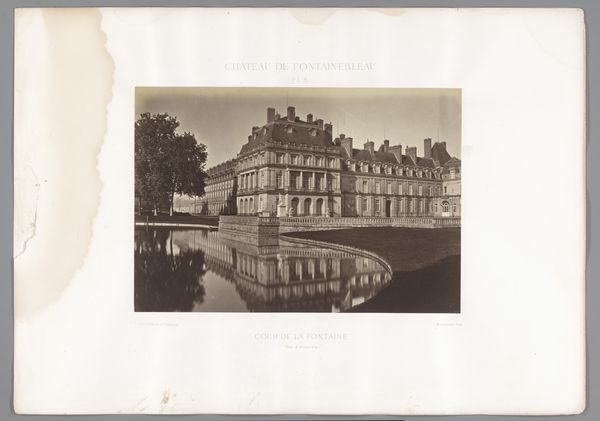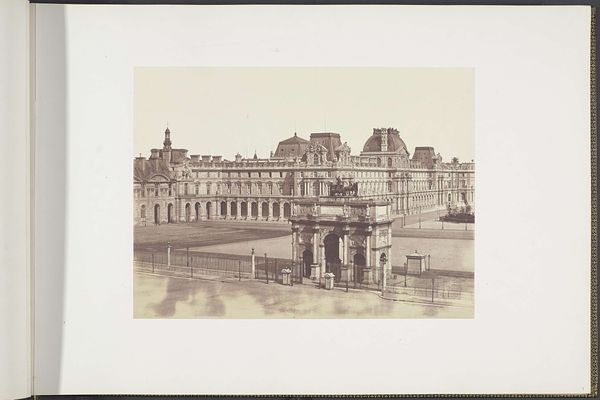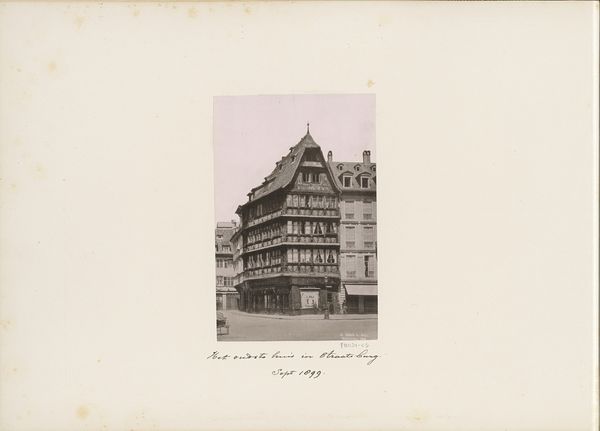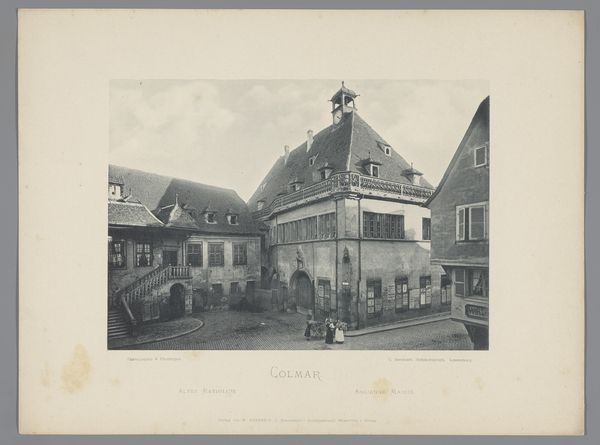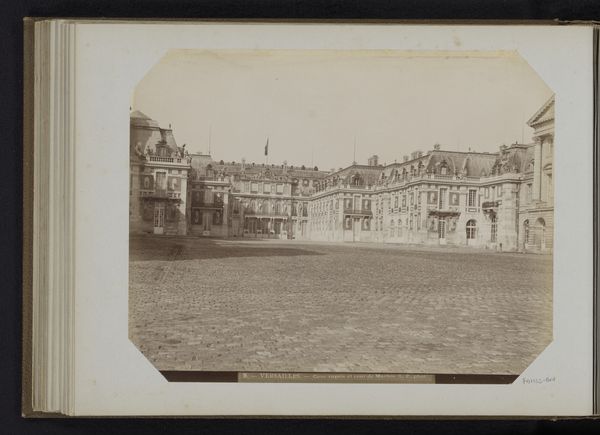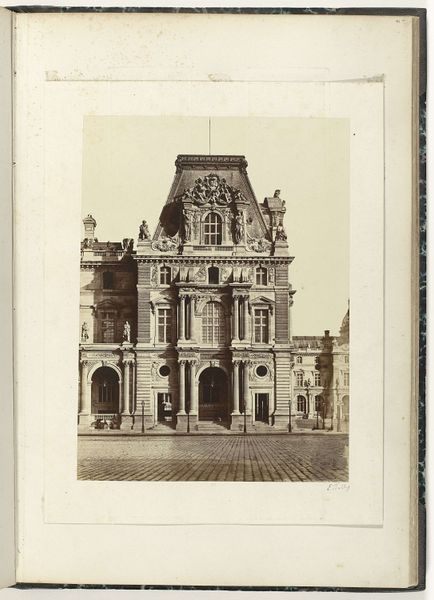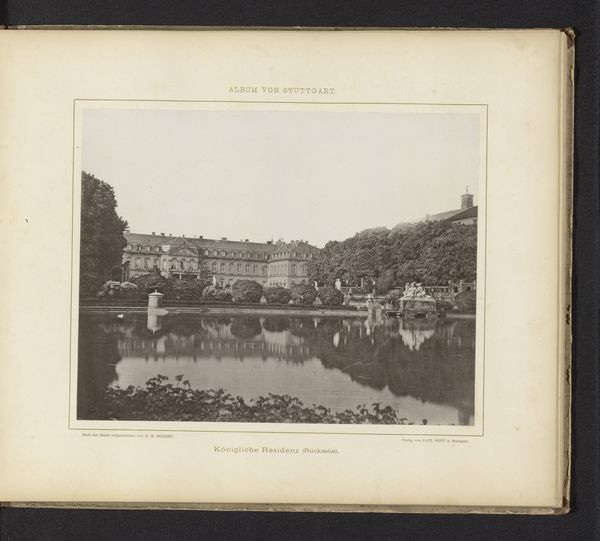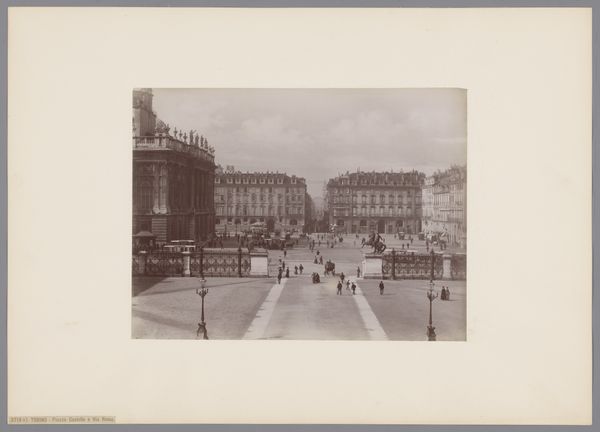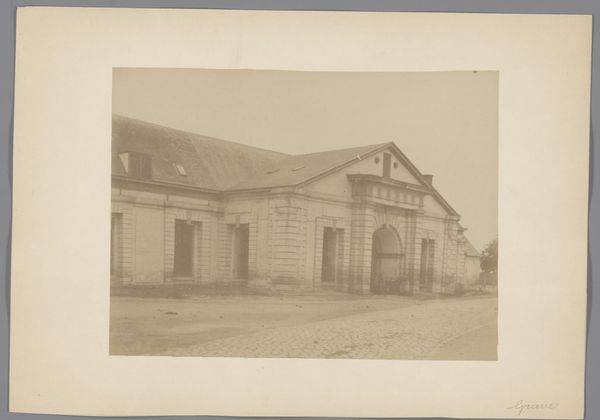
Gezicht op de binnenplaats van het Kasteel van Fontainebleau, Frankrijk before 1875
0:00
0:00
photography
#
16_19th-century
#
neoclassicism
#
landscape
#
photography
#
cityscape
Dimensions: height 250 mm, width 375 mm
Copyright: Rijks Museum: Open Domain
Editor: This photograph, taken by Médéric Mieusement before 1875, depicts the courtyard of the Château de Fontainebleau. It’s called "Gezicht op de binnenplaats van het Kasteel van Fontainebleau, Frankrijk," and is currently held at the Rijksmuseum. What strikes me is the sense of formal grandeur, but there’s also something a bit desolate about the emptiness of the courtyard. What stands out to you in this image? Curator: What immediately catches my attention is the implicit power dynamic within this staged, seemingly objective, view. Photographs like this served a critical role in constructing a specific narrative around French heritage, particularly after periods of social and political upheaval. Consider how Mieusement chooses this perspective, highlighting architectural order and stability during a time of shifting national identity. Editor: So you’re saying it's less about just documenting the building, and more about projecting an image of strength? Curator: Exactly. The camera doesn’t simply record; it participates in constructing a cultural narrative. The monumental architecture, the ordered perspective – these choices promote an image of French continuity and authority. Ask yourself, for whom was this image intended? How did its circulation reinforce social hierarchies? Editor: That's a great point! It's like the photograph is arguing for the importance and permanence of these institutions. Did Mieusement take these photographs as independent projects? Curator: Usually the creation of artwork is intertwined with the social and the economical systems surrounding its development. It wasn't necessarily independent artistic pursuits. Such a photographer as Mieusement would be tied into patronage, either state-sponsored or driven by wealthy private individuals and institutions. Think about it in terms of power: who controls the representation, controls part of the narrative. Editor: I hadn't thought about photography that way before! Thanks. Curator: It's essential to examine how art functions within larger societal frameworks to have a true sense of what message the artwork shares with its audiences.
Comments
No comments
Be the first to comment and join the conversation on the ultimate creative platform.
